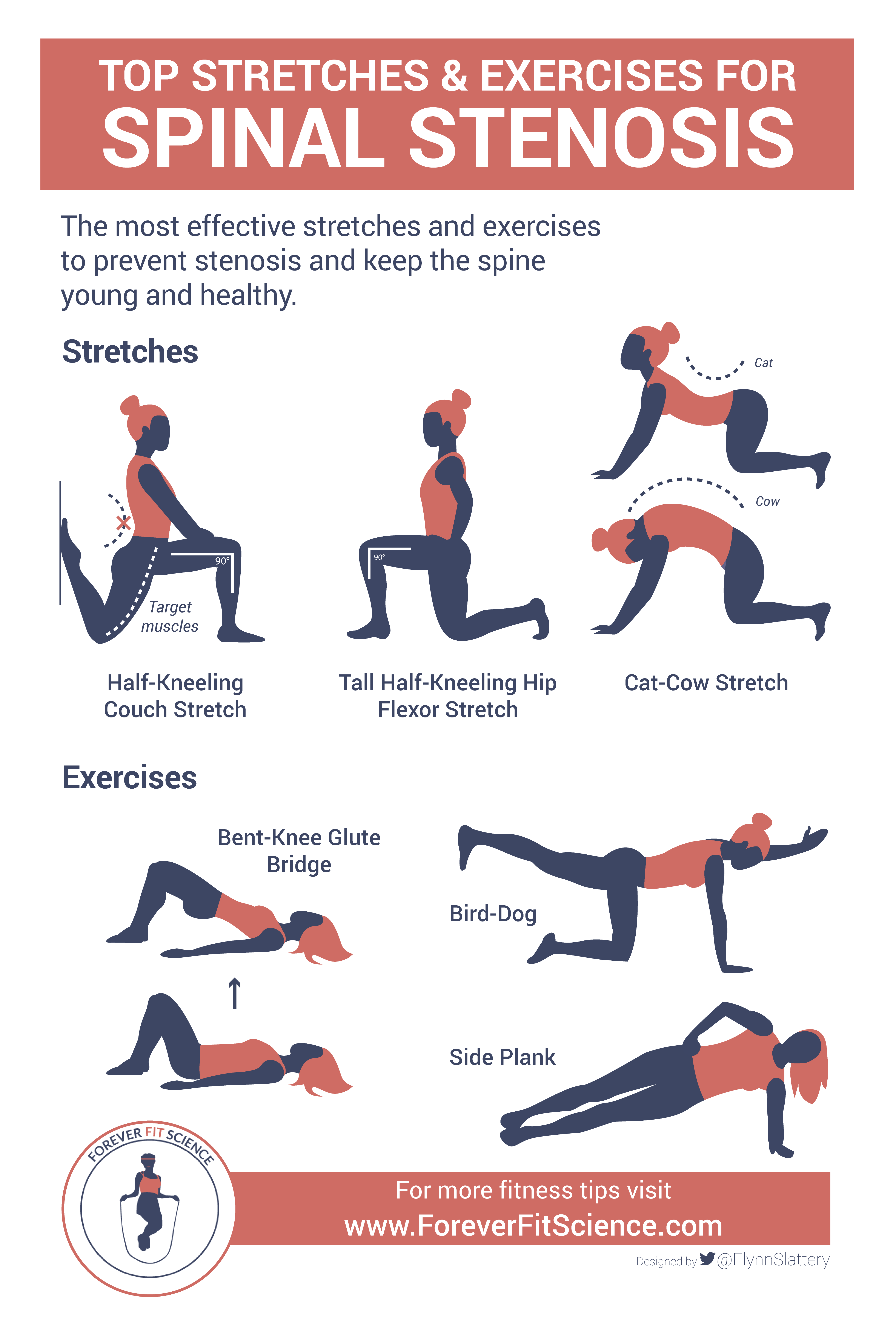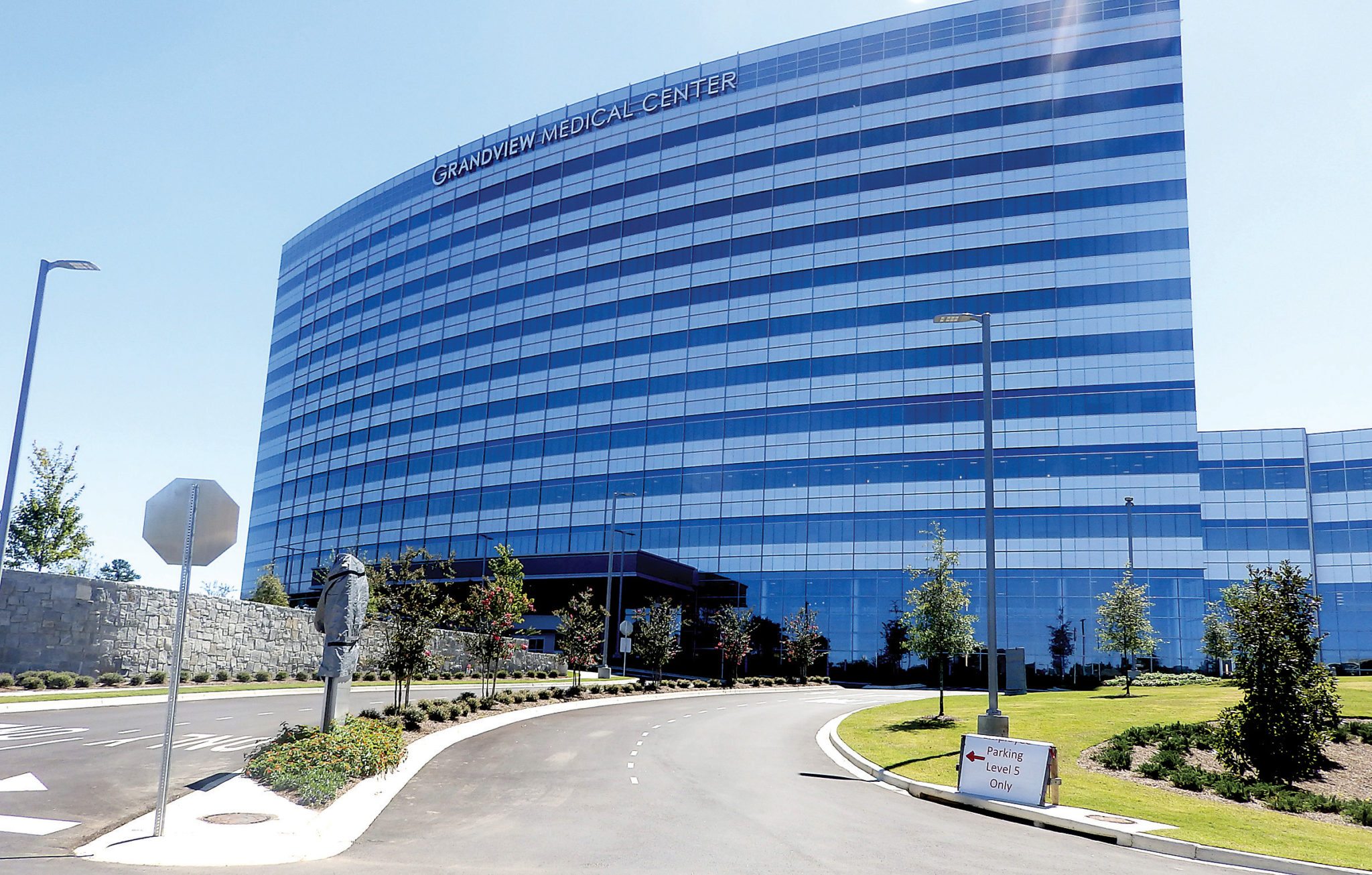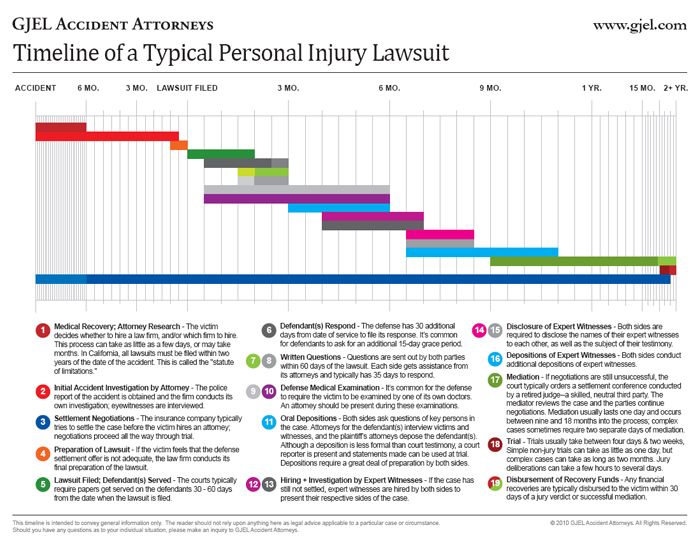Spinal stenosis refers to a condition where the spaces within the spine narrow, putting pressure on the nerves and spinal cord. In such cases, individuals may experience pain, numbness, weakness, or tingling sensations in the affected areas. Finding the optimal treatment for spinal stenosis involves considering several factors, including a person’s age, overall health, symptoms, and the severity of the condition.
The first step in managing spinal stenosis is often non-surgical interventions. These include physical therapy exercises, stretching, and strength training to improve flexibility, mobility, and core strength. Additionally, lifestyle changes may be recommended, such as weight loss and avoiding activities that worsen symptoms.
Pain relief medications can provide temporary relief for individuals with spinal stenosis. Nonsteroidal anti-inflammatory drugs (NSAIDs), muscle relaxants, and certain antidepressants can help manage pain and reduce inflammation. If symptoms persist, epidural steroid injections may be administered to directly target pain and inflammation associated with spinal stenosis.
In some cases, surgical intervention may be necessary, especially for individuals with severe symptoms or when non-surgical treatments fail. The most common surgical procedure for spinal stenosis is a decompression surgery, which aims to relieve pressure on the nerves and spinal cord. Sometimes, spinal fusion surgery may also be performed, particularly if there are spinal instability or deformities involved.
Alternative therapies, such as acupuncture and chiropractic care, may offer temporary relief but lack substantial evidence of long-term efficacy. However, these treatments can be considered as complementary to conventional approaches.
It is important for individuals with spinal stenosis to consult with their healthcare providers to determine the most suitable treatment plan. The best treatment approach often involves a combination of non-surgical interventions, pain management strategies, and, in some cases, surgical procedures. Regular exercise, weight management, and maintaining good posture can also contribute to managing symptoms and improving overall spinal health.
What activities should you avoid with spinal stenosis?
High-impact activities: Activities that involve high-impact, such as jumping, running, or contact sports, should be avoided as they can cause further injury to the spine. Heavy lifting: Heavy lifting can put a lot of stress on your spine and exacerbate your symptoms.Nov 1, 2023

Does exercise make spinal stenosis worse?
Running is a high-impact activity that causes repeated impacts on the spine. This can worsen back pain and neurological symptoms from spinal stenosis. While short walks are considered a good option for exercise with spinal stenosis, it’s wise to avoid prolonged walks.Sep 5, 2022
What is the most successful treatment for spinal stenosis?
Laminectomy is a surgery that doctors perform to treat spinal stenosis by removing the bony spurs and the bone walls of the vertebrae. This helps to open up the spinal column and remove the pressure on the nerves.Nov 1, 2023

What aggravates spinal stenosis?
Walking, standing, or extending the lumbar area of the spine can cause symptoms to worsen. Sitting or flexing the lower back or neck may relieve symptoms. The flexed position “opens up” the spinal column, enlarging the spaces between vertebrae at the back of the spine.Nov 1, 2023
How do you stop spinal stenosis from progressing?
“Unfortunately, nothing can stop the progression of spinal stenosis, since it is due to daily wear and tear,” said Dr. Hennenhoefer. “The symptoms of spinal stenosis typically respond to conservative treatments, including physical therapy and injections.”
What can worsen spinal stenosis?
High-impact exercise involves running, jumping, and climbing. These activities create repeated impacts on the spine, which can worsen pain. Even prolonged walks should be avoided because they can cause muscle fatigue, which can increase the strain on your lumbar spine.
What is the most successful treatment for spinal stenosis?
Laminectomy is a surgery that doctors perform to treat spinal stenosis by removing the bony spurs and the bone walls of the vertebrae. This helps to open up the spinal column and remove the pressure on the nerves.Nov 1, 2023
What causes spinal stenosis to worsen?
Walking, standing, or extending the lumbar area of the spine can cause symptoms to worsen. Sitting or flexing the lower back or neck may relieve symptoms. The flexed position “opens up” the spinal column, enlarging the spaces between vertebrae at the back of the spine.Nov 1, 2023
What therapy is best for spinal stenosis?
Some common options include: Exercises and/or physical therapy to help stabilize the spine. With exercise, patients can maintain motion of the spine, strengthen abdominal and back muscles, and build a strong core as well as endurance.



